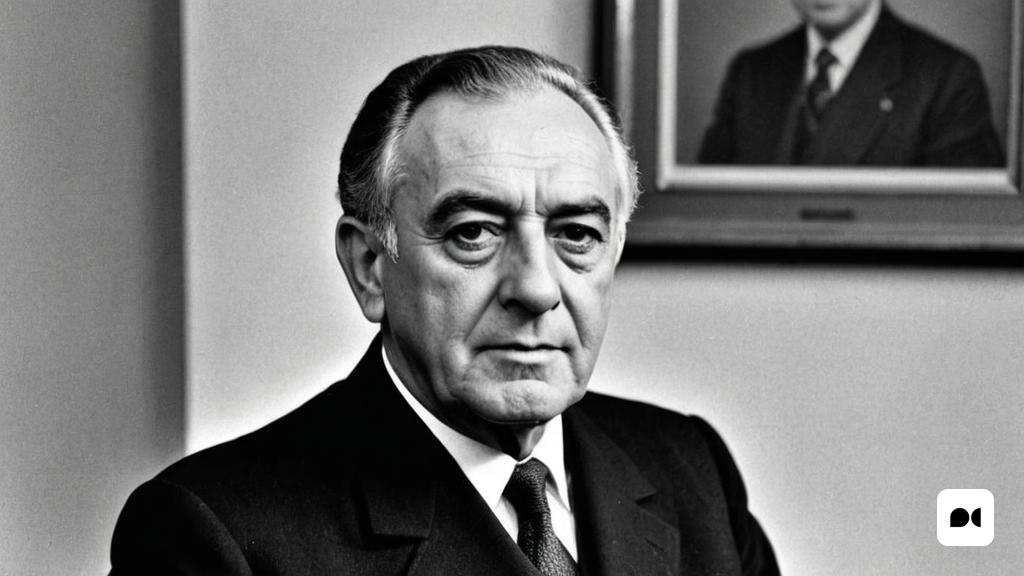The politician and his influence in the final stage of the Franco dictatorship
On this day, 49 years ago, in Adanero (currently the community of Castilla y León), Fernando Herrero Tejedor, a prominent figure in Spanish politics during the last stage of the Franco regime, died. Herrero Tejedor, born in Castelló in 1920, rose quickly in the regime’s apparatus after completing his university studies. On March 4, 1975, he was appointed minister-secretary of the Movement, the sole party of the Franco regime. Subsequently, he appointed Adolfo Suárez as vice-secretary of the Movement, whom he had met in Ávila while he was civil governor (1955-1957).
The mysterious accident and its political context
The death of Herrero Tejedor in a strange traffic accident generated speculation at a time of decomposition of the Franco regime. As part of the opening movement represented by Juan Carlos de Borbón, Herrero Tejedor was considered one of the best placed candidates to assume power after Franco’s death and begin the dismantling of the dictatorial regime. His death in a context of clashes between different political currents fueled the aura of mystery that surrounded the accident.
The legacy and consequences of his death
The death of Herrero Tejedor had a significant impact on the political landscape of the time. His disappearance led to changes in the leadership of the Movement, revealing internal tensions and pendulum swings within the regime. The appointment of Adolfo Suárez, Herrero Tejedor’s dolphin, after Franco’s death, marked a turning point in the Spanish transition.

